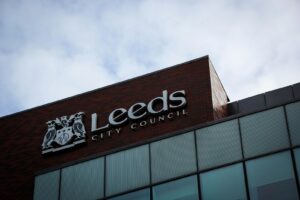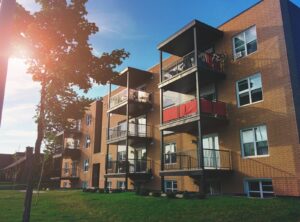New guidance sets out the Mayor of London’s vision for a sustainable future, ensuring developments in the capital are greener, more energy efficient and prioritise space for walkers, cyclists, and public transport.
The regulations include ‘Be Seen Energy Monitoring’, which requires monitoring and reporting of actual operational energy performance of buildings forming part of major developments for at least five years post-construction, creating a better understanding of ‘real world’ energy use rather than predictions during the design stage.
The Mayor has also introduced ‘Urban Greening Factor’ guidance, which sets out how new developments should calculate their urban greening score, encouraging the inclusion of natural vegetation such as woodland or intensive green roofs in development plans, as well as rain gardens and flower-rich planting.
The plans also include new guidance on sustainable transport, walking and cycling, ensuring enough space is dedicated to sustainable travel when building new developments, such as creating new walking routes and improving the cycle network.
The new guidance forms a material consideration when it comes to planning decisions and developing planning documents, such as a borough’s Local Plan.
The Mayor of London, Sadiq Khan, said: ‘I’m committed to making London a zero-carbon city by 2030 and delivering a brighter future for London – one that’s greener, fairer and more prosperous for everyone. That’s why I’ve developed these new pieces of guidance, building on the ambitious targets in my London Plan, that will ensure new developments in London prioritise urban greening and make space for sustainable transport like walking, cycling and public transport.
‘I’m committed to doing all I can to accelerate the transition to a greener future, with cleaner air for all, but I can’t do it alone. COP26 this year provides an opportunity for the Government to show global leadership and give us the powers and resources we need to take even bolder action on climate change.’
Photo by Charisse Kenion
















Leave a Reply